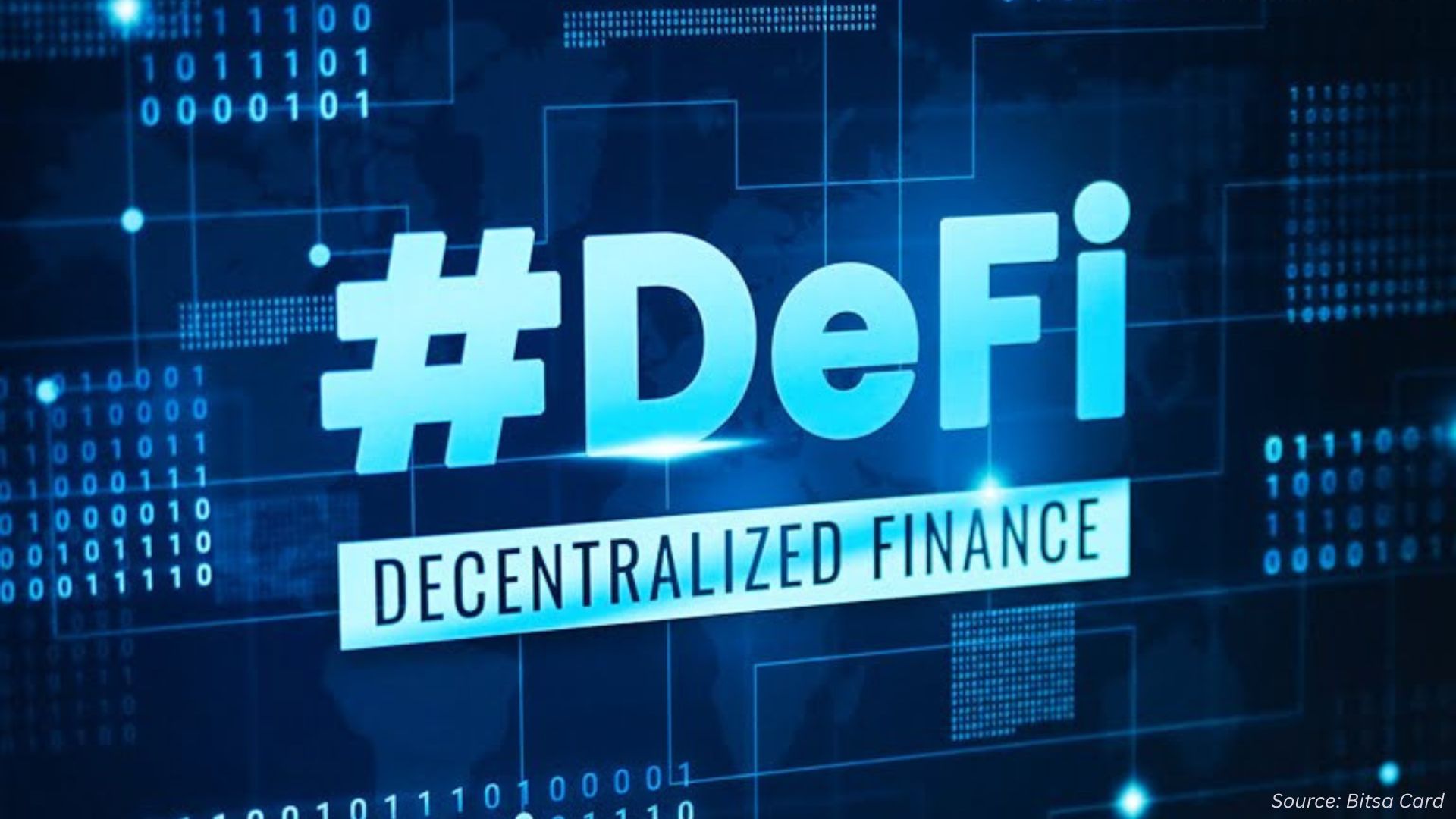GREEN BANKING: How Are Banks Transforming for a Greener Future?
Published: 2025-11-24

Green banking has moved from a niche sustainability theme into a central force shaping global finance. Around the world, financial institutions are redefining how money flows, which industries grow, and how economies transition to cleaner futures. But recent political, market, and leadership developments show that this transition is not always straightforward. Here is the real story of green banking in 2024–2025, grounded only in verified reporting.
What is motivating the shift toward green banking today?
Green banking focuses on financing and advisory solutions that support reduced carbon emissions, renewable energy expansion, and sustainable technologies. Banks are no longer simply managing financial risk. They are managing climate risk and supporting customers in moving toward cleaner and lower-carbon lifestyles. This shift is viewed as necessary for the future stability of societies and economies that rely on capital to fund the transition. In clear terms, green banking matters because the climate transition cannot happen without global financial institutions actively funding the change.
Why is the Net-Zero Banking Alliance pausing its climate collaboration?
The industry-led Net-Zero Banking Alliance (NZBA), created under Mark Carney’s leadership as part of the Glasgow Financial Alliance for Net Zero, has been a major driver in helping banks align portfolios with climate goals. However, the alliance is now undergoing a major transformation. The NZBA has suspended activities as it prepares a vote to determine its future. Member numbers rose from 43 banks to 120 within a few years. Yet after the 2025 U.S. election, many American banks left the initiative, and Canada’s five largest banks also withdrew in January 2025. These institutions indicate that they now understand green investment requirements and can operate independently. The NZBA is proposing to shift from a membership-based alliance toward a new “framework initiative,” though details are still under development. The takeaway is that collective climate governance is evolving. Banks are not abandoning net-zero goals but are choosing more flexible, internal pathways.
Focus Areas of Modern Green Banking Strategies
|
Focus Area |
Examples of Initiatives |
Strategic Benefit |
|
Sustainable Finance |
Green loans, climate |
Low-carbon economic |
|
Leadership & Governance |
Dedicated sustainability |
Accountability and |
|
Net-Zero Commitment |
Emission-aligned financial |
Climate-aligned lending |
|
Consumer Green Products |
Energy-efficient home |
Retail market shift toward |
How are major banks restructuring leadership to accelerate green finance?
Even as some banks exit alliances, investment in sustainability leadership continues to grow. JP Morgan provides a strong example of strategic repositioning inside the organization. Head of Green Economy Banking for Europe. The bank appointed Kai-Christian Nerger to help European clients reduce emissions and scale green technologies. JP Morgan has earmarked $1 trillion for climate-supportive initiatives and facilitated $242 billion toward that target since 2021. This shows that green banking is not just a public-relations commitment. It involves dedicated leadership teams focused on sustainable market growth and risk transformation.
Who Are the Major Players Shaping the Green Banking Landscape?
The green banking industry is supported by a diverse group of global financial institutions, including Triodos Bank UK Ltd., Nordea Bank Abp, Coöperatieve Rabobank U.A., BNP Paribas S.A., Standard Chartered PLC, Clean Energy Finance Corporation, Green Finance Institute Ltd., Mufin Green Finance Limited, Berkshire Hathaway Inc., Green Finance Capital AG, Banco Santander S.A., United Overseas Bank Limited Co., Nordic Environment Finance Corporation, DC Green Bank, China Development Bank, among others. These organizations continue to strengthen their market presence by adopting strategic initiatives such as new product offerings, innovative financing models, and enhanced sustainability-driven services to remain competitive and influential in the sector.
Is digital innovation pushing green banking forward faster?
Digital-first banks are demonstrating that sustainability and profitability can grow together. Tandem Bank in the United Kingdom is a clear example of this modern approach. The bank positions itself as “the UK’s greener, digital bank” and focuses entirely on sustainable financial products that help customers reduce their carbon footprint. It now employs around 500 staff and has delivered a 40% year-on-year profit increase, with over £1.5 billion in assets under management.
Are banks struggling to balance fossil fuel financing and climate goals?
The transition to green energy is not happening at the same speed across sectors and regions. Banks and customers must operate in a world where fossil fuels still power large portions of the economy. HSBC believes that eliminating capital from fossil fuel companies would not support transition. Instead, banks must actively support these companies as they shift to cleaner operations. The bank still maintains a 2050 net-zero portfolio goal. Banks are therefore seeking a practical balance between two realities: supporting today’s energy needs while financing tomorrow’s clean infrastructure. The conclusion is that transitional financing strategies are necessary so that the energy shift remains economically stable, rather than disruptive.
What does 2025 reveal about the true direction of green banking?
Green banking is no longer driven only by global alliances or government policy. It is driven by:
-
Institutional learning and internal capability
-
Climate-specific leadership roles
-
High-growth digital sustainability models
-
Financial strategies that support gradual energy transition
|
Green Banking Trend |
Meaning for the Future |
|
Declining reliance on |
Banks are confident managing |
|
Major banks |
Climate finance is a core |
|
Fintech energy-transition |
Customers want finance |
|
Balanced fossil-to-clean |
Energy security remains |
Next Move Strategy Consulting’s View
From a strategic market perspective, Green Banking Market is shifting beyond traditional sustainability commitments toward measurable operational resilience. The integration of digital infrastructure across renewable energy systems, smart grids, and low-carbon industrial assets means that financial institutions must evaluate not only climate impact but also the security and reliability of the systems they are funding. Next Move Strategy Consulting views this intersection of sustainability and operational technology security as a crucial driver of future competitiveness. Banks that incorporate stronger risk governance, technology due diligence, and cyber-resilience criteria into financing models will better protect asset performance, reduce long-term credit exposure, and meet investor expectations for transparency in environmental, social, and governance reporting. Ultimately, green banking is becoming a performance-driven ecosystem — where the credibility of climate finance depends on the resilience of the technology behind it. Banks that adopt this mindset early will lead the market as sustainable finance continues to scale globally.
What are the next steps for accelerating green banking impact?
-
Conduct a detailed security risk assessment for all green banking digital infrastructures, including IoT-enabled systems and cloud platforms.
-
Establish a zero-trust cybersecurity architecture to eliminate implicit access within internal networks.
-
Implement continuous monitoring and anomaly detection powered by AI and machine learning to identify environmental-systems manipulation and fraud.
-
Strengthen regulatory alignment with updated green finance policies, international compliance standards, and ESG reporting frameworks.
-
Introduce secure customer-facing authentication measures like multi-factor authentication, biometric verification, and behavior-based identity checks.
Conclusion:
Green banking has advanced far beyond a symbolic commitment. It is now a strategic and operational priority that influences how financial systems guide global transformation. The temporary pause of the Net-Zero Banking Alliance, as reported by CBC News, does not signify a retreat from sustainability but rather a shift toward more flexible and independently driven transition frameworks. Member banks, including those that left the alliance in 2025, argue they have matured in their understanding of green finance and can now progress without a centralized structure dictating their approach. This suggests increased confidence and capability within the industry. Meanwhile, leadership evolution inside financial institutions tells a compelling story. JP Morgan’s creation of a Europe-focused green banking division signals that climate finance is being positioned as a critical growth pillar rather than a peripheral responsibility. In parallel, the success of challenger banks such as Tandem highlights that sustainability can be a profitable differentiator, particularly when tied to digital innovation and consumer-friendly offerings.
About the Author
 Tania Dey is an experienced Content Writer specializing in digital transformation and industry-focused insights. She crafts impactful, data-driven content that enhances online visibility, and aligns with emerging market trends. Known for simplifying complex concepts, Tania Dey delivers clear, engaging narratives that empower organizations to stay ahead in a competitive digital landscape.
Tania Dey is an experienced Content Writer specializing in digital transformation and industry-focused insights. She crafts impactful, data-driven content that enhances online visibility, and aligns with emerging market trends. Known for simplifying complex concepts, Tania Dey delivers clear, engaging narratives that empower organizations to stay ahead in a competitive digital landscape.
About the Reviewer
 Sanyukta Deb is an accomplished Content Writer and Digital Marketing Strategist with extensive expertise in content strategy, SEO, and audience engagement. She specializes in building strong brand visibility through data-driven campaigns and impactful, value-added researched content. With a passion for creativity and innovation, she blends strategic thinking with design and communication to craft meaningful digital experiences. Over the years, she has contributed cross-functional marketing projects, driving measurable impact and audience engagement.
Sanyukta Deb is an accomplished Content Writer and Digital Marketing Strategist with extensive expertise in content strategy, SEO, and audience engagement. She specializes in building strong brand visibility through data-driven campaigns and impactful, value-added researched content. With a passion for creativity and innovation, she blends strategic thinking with design and communication to craft meaningful digital experiences. Over the years, she has contributed cross-functional marketing projects, driving measurable impact and audience engagement.















Add Comment